
KTM 390 Adventure - One Bike To Rule Them All?
- Jan 27, 2020
- Views : 10366

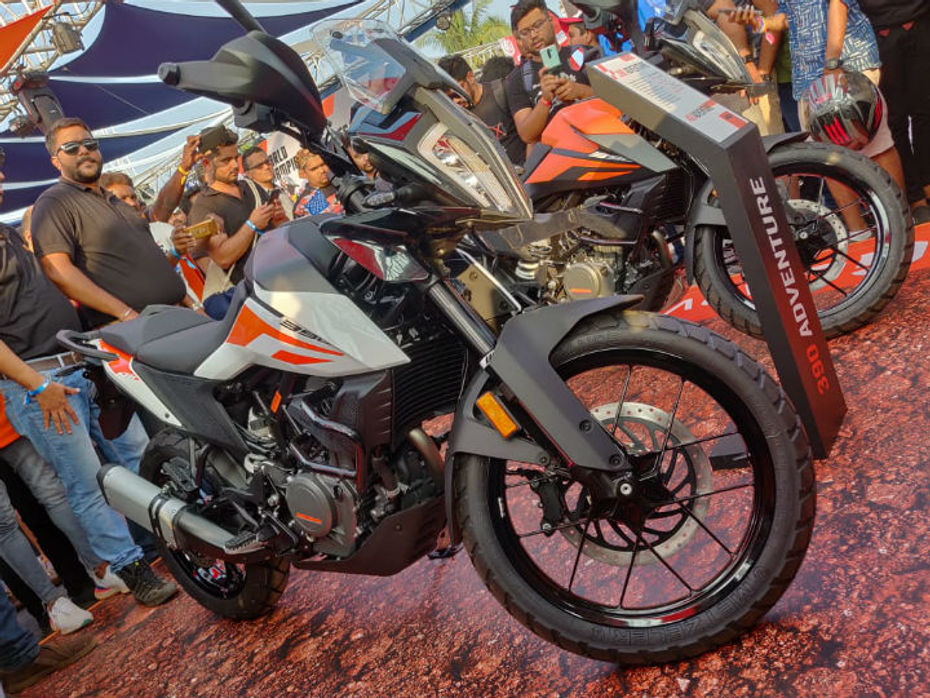
KTM's eagerly-awaited 390 Adventure has finally been unveiled for the first time on Indian soil, as it inches closer and closer to an official launch. Excitement is reaching fever pitch and this is partly because the Adventure packs in a bunch of segment-first features, mostly in the field of electronics. One such example is a bi-directional quickshifter being offered as standard on the new bike. While it may be new to this segment, quickshifters have been around on motorcycles for a while, especially sportsbikes. They are now also becoming increasingly common on nakeds, adventure tourers and cruisers. So what exactly are they and how do they work?
Gearbox 101
When shifting gears in a conventional manner, the rider pulls in the clutch, makes the shift with his right foot and then releases the clutch lever. When the clutch lever is pulled in, the clutch plates are actually disengaged, and when the lever is released, the clutch is re-engaged. So when you pull the clutch lever in, the engine is disconnected from the drivetrain and no power is being transmitted through the gearbox. In this scenario, it is very easy for the current gear to be deselected and the next one to be selected, since there is no load on the gears themselves. Once the new gear has been selected, the rider can release (or rather engage) the clutch, and keep going.
Clutchless Shifts
Quickshifters might be a relatively recent development but the theory behind them has been around for quite some time. Under acceleration, the condition required to be able to select a new gear is the unloading of the gearbox. And pulling in the clutch lever isn't the only way to do that. A momentary, sharp closure of the throttle will achieve the same thing. With almost all motorcycles using sequential gearboxes, one can hook their toes underneath the shift lever and pre-tension it before the shift is to be made. When the time comes to slot into the next gear, simply cut the throttle sharply and nudge the shift lever upwards, immediately getting back on the gas afterwards. The feeling of satisfaction and achievement when you get it right for the first time is fantastic.
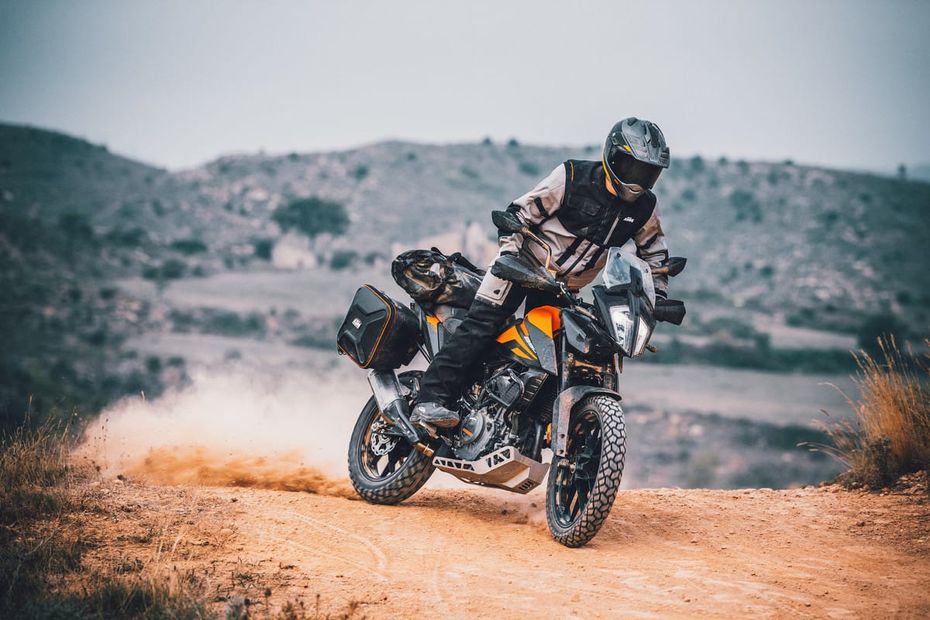 Quickshifters
QuickshiftersThe above process needs to be very precisely timed for it to work perfectly. So why not let the ECU take care of it instead? Well, that's exactly what a quickshifter does. Consider a rider accelerating with the throttle wide open and performing an upshift. When his toes begin to push the shift lever upwards, an ignition cut is triggered, momentarily killing the engines power output and unloading the gearbox. This is analogous to the rider sharply closing the throttle in the above technique. With the 'box unloaded, a new gear can smoothly be selected as the rider's foot completes its sweep.
Why Can't I Just Do It Myself?
A quickshifter is a double-edged sword. It provides the advantage of much faster gear changes than a conventional setup while simultaneously reducing the workload on the rider. From a performance standpoint, the advantages of a quickshifter are quite obvious on supersports and sportsbikes, where every tenth of a second lost changing gear is precious. But the technology is also quite advantageous on adventure tourers when you think about it. While tackling difficult terrains, the rider has their hands (and feet) full manipulating the various controls of the motorcycle. Being able to forget about the clutch while upshifting clears up a certain amount of mindspace which can be used to concentrate on other aspects of riding.
You might have noticed that the 390 Adventure gets a bi-directional quickshifter and we've only covered one of those directions. To learn more about how clutchless downshifts are made possible, head here.
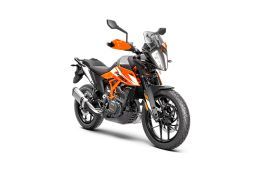

KTM 390 Adventure - One Bike To Rule Them All?

KTM Has Finally Launched The 390 Adventure In India!

Family Feud: KTM 390 Duke vs 390 Adventure

2024 KTM 390 Adventure FINALLY Spotted In India!

Royal Enfield Himalayan 450 vs Triumph Scrambler 400 X vs KTM 390...

All Your Questions About The KTM 390 Adventure Spoke Wheels Answered

In 9 Pics: KTM 390 ADV With Spoke Wheels vs Royal Enfield Himalayan

EXCLUSIVE: In Dealerships: KTM 390 Adventure With Spoke Wheels &...
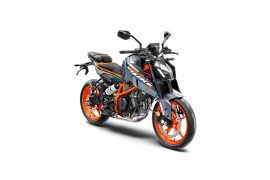 KTM Duke 390
KTM Duke 390
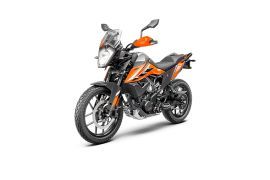 KTM 250 Adventure
KTM 250 Adventure
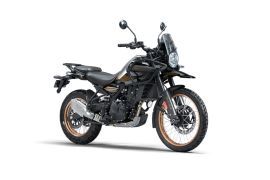 Royal Enfield Himalayan 450
Royal Enfield Himalayan 450
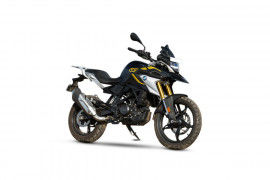 BMW G 310 GS
BMW G 310 GS
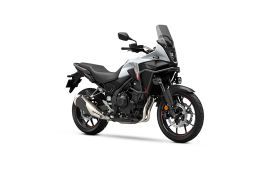 Honda NX500
Honda NX500
India's largest automotive community